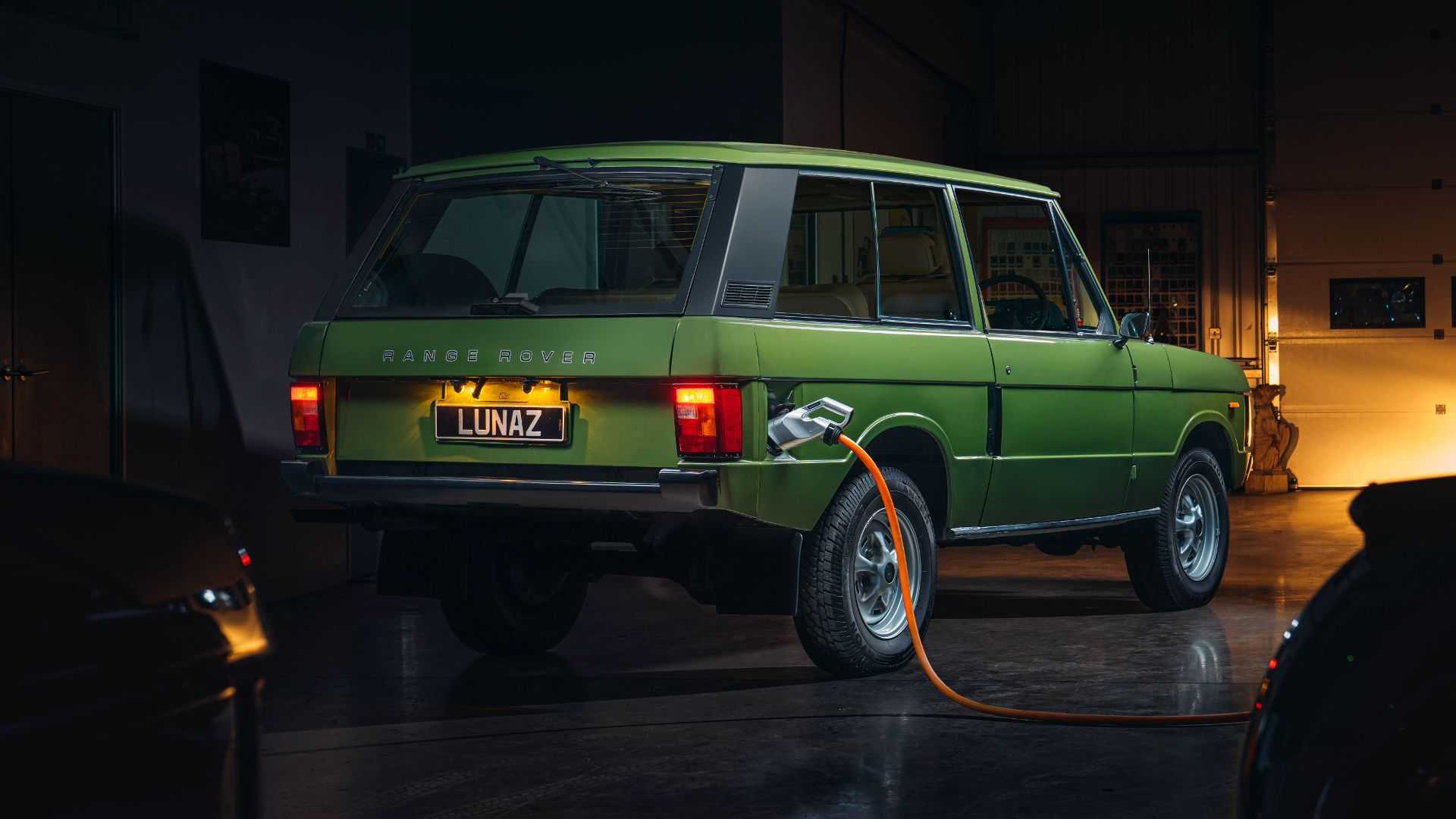Read The Full Article On: Japantimes
For all the enthusiasm around full battery-powered electric cars, we’re still only halfway there. In reality, the hybrid will own the electrified side of the road for some time to come.
Investors have run up the stock prices of electric car companies and their valuations far higher than the businesses really warrant. Electrics amounted to just 2.6% of total vehicle sold in 2019, and made up only 1% of all automobiles on the road. The share of sales is projected to rise to 6.6% by 2040.
On the other hand, hybrids, which use powertrains combining internal combustion and electric motors, are finding increasing favor with consumers. Sales peaked in 2013 in the U.S., coinciding with the year Tesla Inc. initially said it planned to start deliveries of its Model S full-electric sedan. But purchases of hybrids have ticked up over the last couple of years, and they’re now penetrating global auto markets at a far faster pace than pure electric vehicles.
Earlier this month, Toyota Motor Corp., which introduced the Prius a generation ago, said that hybrids will account for a quarter of its sales in 2021. Such vehicles account for an increasing share of cars sold by Japanese automakers. Think of the Honda’s Insight or Civic. Globally, several firms are making hybrid versions of their models (such as the Ford Fusion, Chevrolet Impala or Lincoln MKZ), chipping away at Toyota’s global share of this subsegment to around 30% from 80%.
Part of this is policy, part the cost of battery technology. As policy makers realize that the dream to go green with cleaner, full-electric vehicles is at least a decade away, they’ve started accommodating hybridization. The mixed-power vehicles can cut carbon dioxide output by 10% to 30%, getting governments at least some distance toward their climate goals.
China will now include hybrids in its going-green vehicle regulations, based on their fuel efficiency, after previously excluding them. In keeping with that, Mercedes Benz AG-owner Daimler AG and China’s top domestic car maker, Geely Holding, announced last month that they’ll join forces to develop a hybrid powertrain to be manufactured there and in Europe.
The fact is that automakers are still finding the cost of electric vehicle and battery technology tough to digest, especially after industry sales tanked over the last year thanks to COVID-19. Despite all its corporate governance troubles, Nissan Motor Co. is an electric car bull and its Leaf model is well-liked. Even so, the company thinks electrics will reach the profitability of gasoline-powered models only by 2030, “citing such a target for the first time,” according to Goldman Sachs Group Inc. analysts. To get there, battery costs will have to fall to $65 per kilowatt hour from $150 to make them relatively affordable for consumers.
All the while, regulators are pushing more stringent fuel-economy standards. In the U.S., the new Biden administration could use higher fines to encourage manufacturers to electrify their fleets, Nomura Holdings analysts say. But setting up such incentives with electric cars and pushing regulation too fast can backfire.
Hybrids are one compliance solution, if not necessarily the technology transition that consumers might have chosen. They’re cleaner, not clean, and some are dirtier than others. The plug-in type, for instance, has been dubbed by Greenpeace as “the car industry’s wolf in sheep’s clothing.” Others hold more promise, such as strong hybrids versus the mild type whose weaker motors can’t power the vehicles on their own.
Given the gritty details of the clean technology curve, investor expectations lie too far into the future. Hydrogen fuel cells? Even more expensive. Get used to it: We won’t all be driving electric cars soon. Your next ride might simply be electrified.

